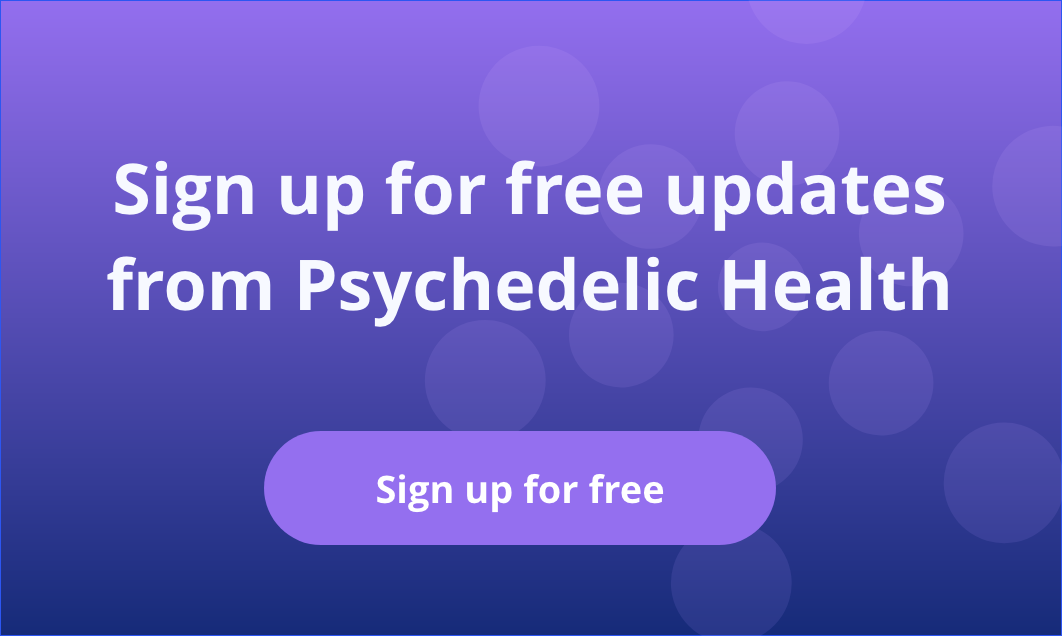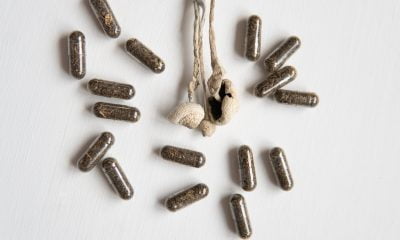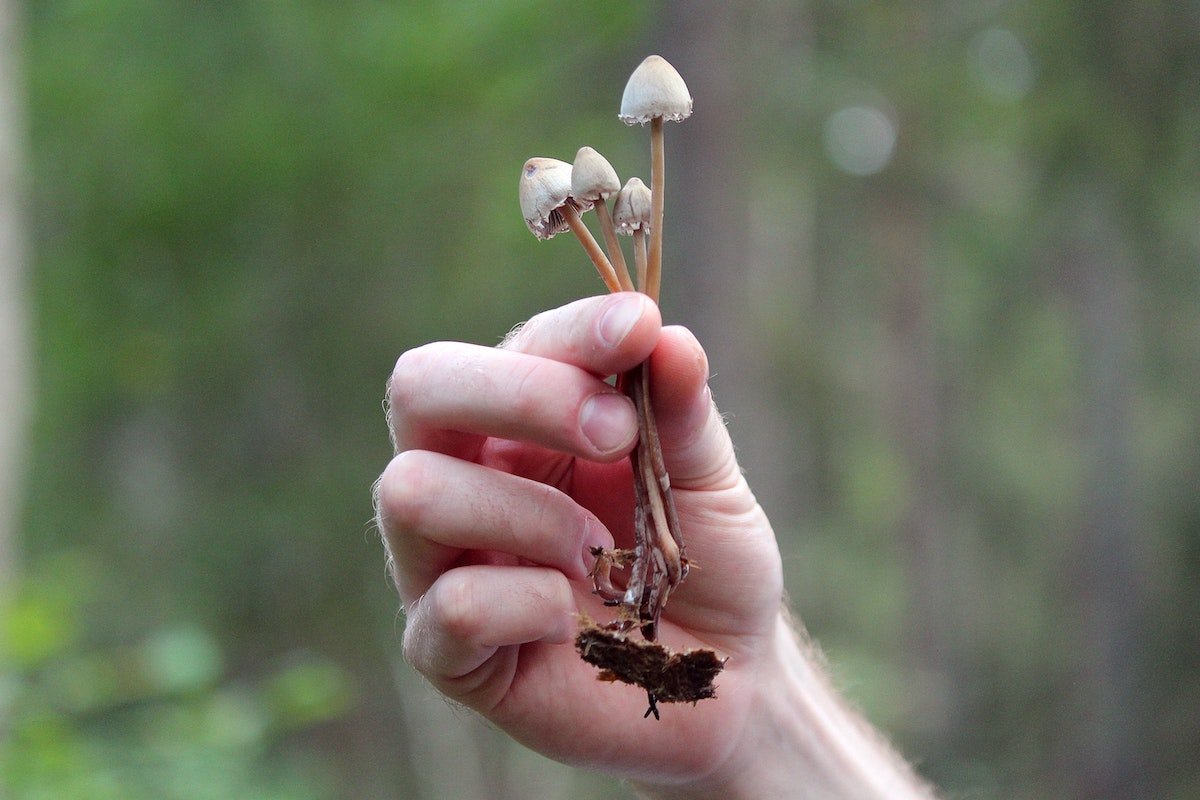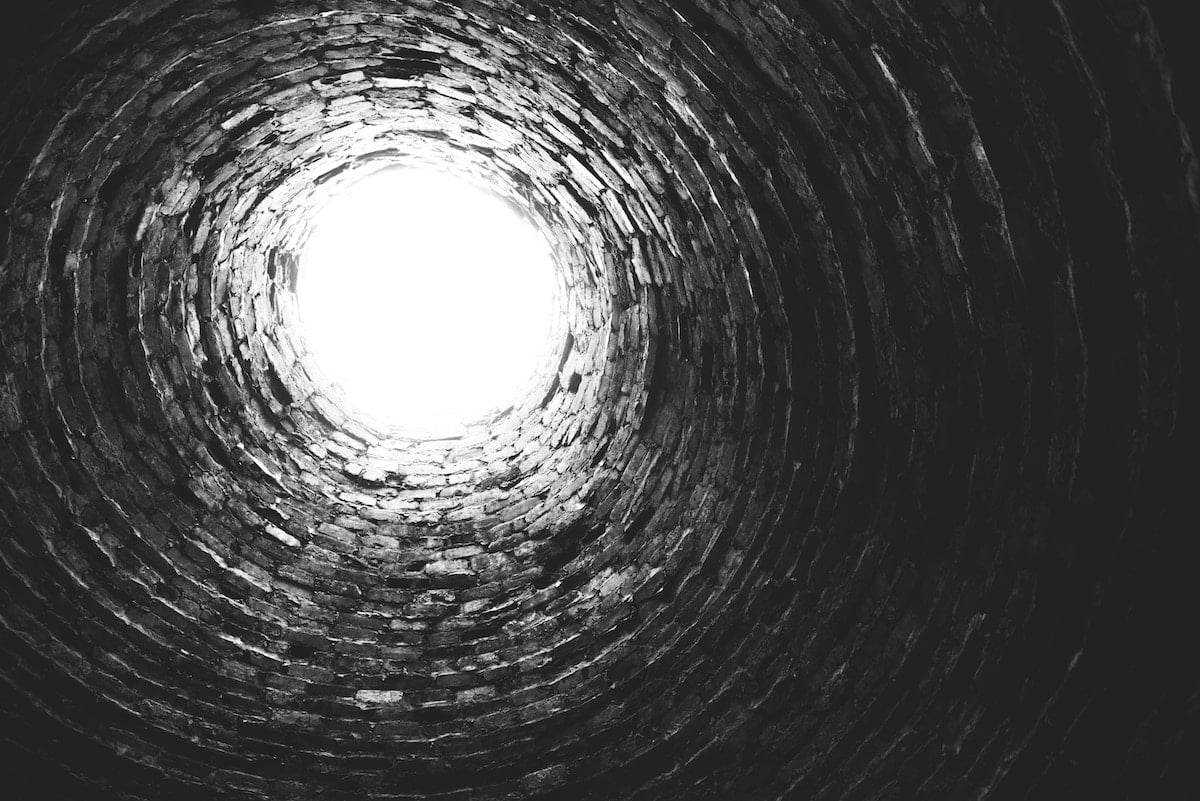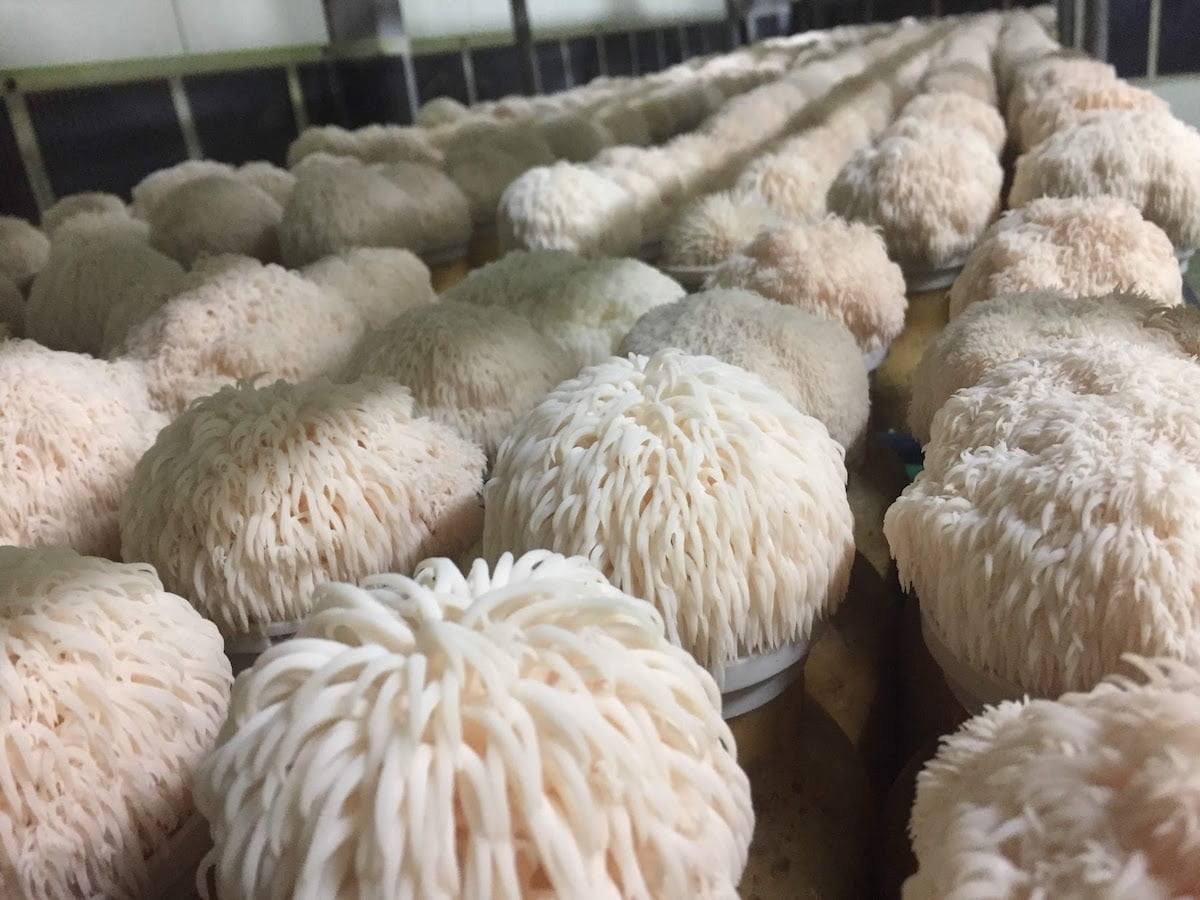Alexander Shulgin, best known for introducing MDMA to the psychological community, also created over 230 novel psychoactive compounds and documented their effects in the book PiHKAL: A Chemical Love Story written with his wife Ann Shulgin. Among the 200+ compounds discussed was a unique molecule called 2C-B.
Also known as, 4-Bromo-2,5-dimethoxyphenethylamine, Nexus or Erox, 2C-B is often unheard of, understudied and the effects are unlike any other psychedelics.
2C-B is part of a list of phenethylamines that Shulgin referred to as the “magical half dozen.” This list includes mescaline and other members of the 2C family such as 2C-E, 2C-T-2 and 2C-T-7. Shulgin wrote that 2C-B was by far one of his fondest creations and one of his most preferred psychedelic journeys.
In 2003, he told the Center for Cognitive Liberty and Ethics: “[2C-B] is, in my opinion, one of the most graceful, erotic, sensual, introspective compounds I have ever invented. For most people, it is a short-lived and comfortable psychedelic, with neither toxic side-effects nor next-day hang-over.”
2C-B was popular in the club scene in the 80’s and 90’s. After MDMA was classified as a Schedule I substance in the US, many people migrated to the use of 2C-B, which was relatively unknown by the DEA at the time.
It was common to find 2C-B packaged in head shops, sex shops and some nightclubs from the mid-80’s to the early ‘90s.
Legal use of 2C-B ended in 1995 when the DEA classified it as a Schedule I substance in the US.
What makes 2C-B stand out compared to the other psychedelics?
The effects of 2C-B as a mix of psychedelic and entactogenic effects, classify it as a cross between LSD and MDMA.

2C-B chemical structure
2C-B creates interesting psychedelic effects because of its chemical structure and is classified as a phenethylamine, a chemical cousin to mescaline.
Due to this, some effects include open-eye visuals with patterns and outlines of shapes moving and undulating throughout the trip, and giggling and laughing, which remind users of an LSD trip.
People can experience a mood lift and euphoria, with increased feelings of empathy, similar to MDMA.
Making it sometimes called the love child of LSD and MDMA.
2C-B Dosing Guide
Shulgin describes 2C-B as one of the most potent psychedelics, and as such, users do not need to take a large amount. The effects vary greatly between a low dose (15 mg) and a very high dose (35 mg).
The following dosing guide was produced by Psychedelics.com using information compiled from the works of Alexander Shulgin, anecdotal sources and PiHKAL.
Oral:
Minimum Effective Dose, 10 mg
Normal / Museum Dose, 15-25 mg
Strong Dose, 26 – 34 mg
Heroic Dose, 35+ mg
Duration, 4 – 8 Hours
Snorted:
Minimum Effective Dose, 4 mg
Normal / Museum Dose, 5-9 mg
Strong Dose, 10 – 19 mg
Heroic Dose, 20+ mg
Duration, 2 – 4 hours
There is currently no known lethal dose, however, Shulgin cautions against taking anything more than 45 mg.
Research on 2C-B
A recent study of 2C-B’s effects in a double-blind study was conducted for the first time. 22 volunteers were administered 20mg of 2C-B (a normal/museum dose), 15 mg of psilocybin (a medium dose) and placebo with each drug given on separate days.
2C-B shows an experience profile compatible with what is known about MDMA and LSD, psychedelic 5-HT2A agonists, just lighter in experience pertaining to the mystical or anxious realms of ego dissolution.
People reported less negative emotions under 2C-B and felt less impaired, despite showing similar outcomes to psilocybin on cognitive tasks. This data suggests that 2C-B may lead to a clearer headspace than the classical psychedelics.
2C-B as Therapy
2C-B was created in the 1970s, after the golden era of the first psychedelic revolution in the 50s and 60s. Unfortunately, this left little room for the drug to be officially investigated as a therapeutic substance.
It was reported that Alexander and Ann Shulgin used 2C-B to treat more than 200 individuals with anxiety, depression and suffering from PTSD and nightmares before it became illegal in the 1990s.
A German pharmaceutical company Drittewelle briefly marketed 2C-B under the name Erox as an aphrodisiac for temporary alleviation of male impotence and female frigidity.
Dr. Ben Sessa, a psychedelic researcher, published a paper about his conversations with German psychiatrist Dr. Friederike Fischer who, with her husband, frequently used 2C-B in combination with MDMA for therapeutic purposes. They treated 97 clients in total until the couple’s arrest in 2009.
Their psychotherapeutic work did not lead to any clinical conclusions about the use of 2C-B in combination with MDMA, as no quantitative data was collected about clients’ progress. However, Dr. Sessa notes in his paper that patient outcomes of their work were “overwhelmingly positive. There were no serious adverse reactions to the substances, no psychoses, no hospitalizations, and no suicides of any clients who were actively undergoing psycholytic therapy.”
The potential therapeutic effects of 2C-B (as reported by Ann and Alexander Shulgin), along with the few available studies, suggest that it may have potential as a treatment for mental health disorders.
Given the limited options for treating conditions such as depression, anxiety, and PTSD, exploring the potential of 2C-B as a treatment option is crucial. More research is required to fully understand the drug’s positive and negative effects and to better determine the appropriate dosing and administration methods.
There is one currently active study, sponsored by University Hospital in Basel, Switzerland, comparing the effects of different doses of 2C-B to MDMA, psilocybin, and a placebo on healthy subjects. The study is listed on Clinicaltrials.gov and estimated to start next week on June 30, 2023.
Counterfeit 2C-B
“Tusi”, a pink drug cocktail, became popular last year in Latin America’s nightclub scene.
When news channels investigated this “pink cocaine,” there was a widespread disagreement about what the substance actually was. In Panama, a police spokesman said Tusi was ketamine cut with the opioid Tramadol. In Venezuela, the media claimed it was LSD with a dash of MDMA. In Uruguay, the Interior Minister suggested it was a mixture of cocaine, methamphetamine, and LSD.
All were wrong. Tusi was a brand name, instantly recognizable for its bright pink color and mass merchandising. The name was linked to 2C-B and Tusi (Two-C) became the phonetic nickname.
In the late 2000s, 2C-B reached Colombia’s nightclubs via rich young adults in Medellin who had brought small quantities from Europe. They sold it in their upper-class circles, as a whitish powder or small pill that 2C-B still comes in today. It gained attention as an “elite drug,” a synthetic European import that was far more expensive than the locally produced cocaine.
Attention was accelerated by a feat of marketing genius. 2C-B powder closely resembled the white color of cocaine but according to users is notoriously painful to snort. This led early dealers to begin mixing their powder with an aromatic pink food coloring.
The mix was deemed more pleasant to consume and the bright pink color created a cool and memorable visual aesthetic making it a much more attractive drug.
The pink caught on and demand rapidly increased. But as demand grew, the supply was far too low. Even in Europe, 2C-B was a niche drug and only a tiny portion of that production reached South America.
To meet the new rise in demand, Columbian vendors began cutting it heavily. Bulking their powder with caffeine and synthetic drugs like MDMA and ketamine, as these European imports were cheaper and widely available.
Soon enough the Tusi fueling the Colombian nightlife contained almost no actual 2C-B, and ran at a price 33 times higher than cocaine. Purity has never recovered and 2C-B is still extremely rare in South America according to a 2021 report by the United Nations Office on Drugs and Crime (UNODC.)
This article was first published on Nina’s Notes on 21 June 2023 and is republished on Psychedelic Health with permission.
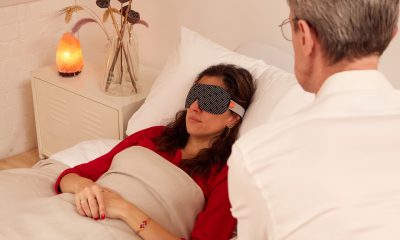
 Opinion2 years ago
Opinion2 years ago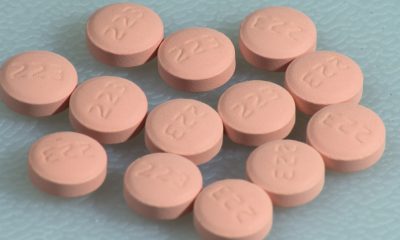
 Insight3 years ago
Insight3 years ago
 Medicinal2 years ago
Medicinal2 years ago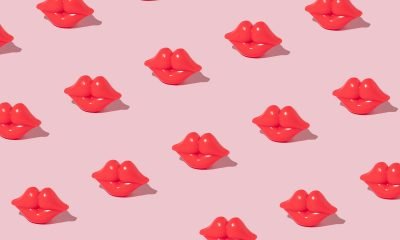
 Medicinal2 years ago
Medicinal2 years ago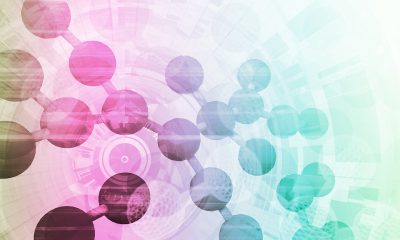
 Research2 years ago
Research2 years ago
 Markets & Industry1 year ago
Markets & Industry1 year ago
 News3 years ago
News3 years ago
 Medicinal2 years ago
Medicinal2 years ago

